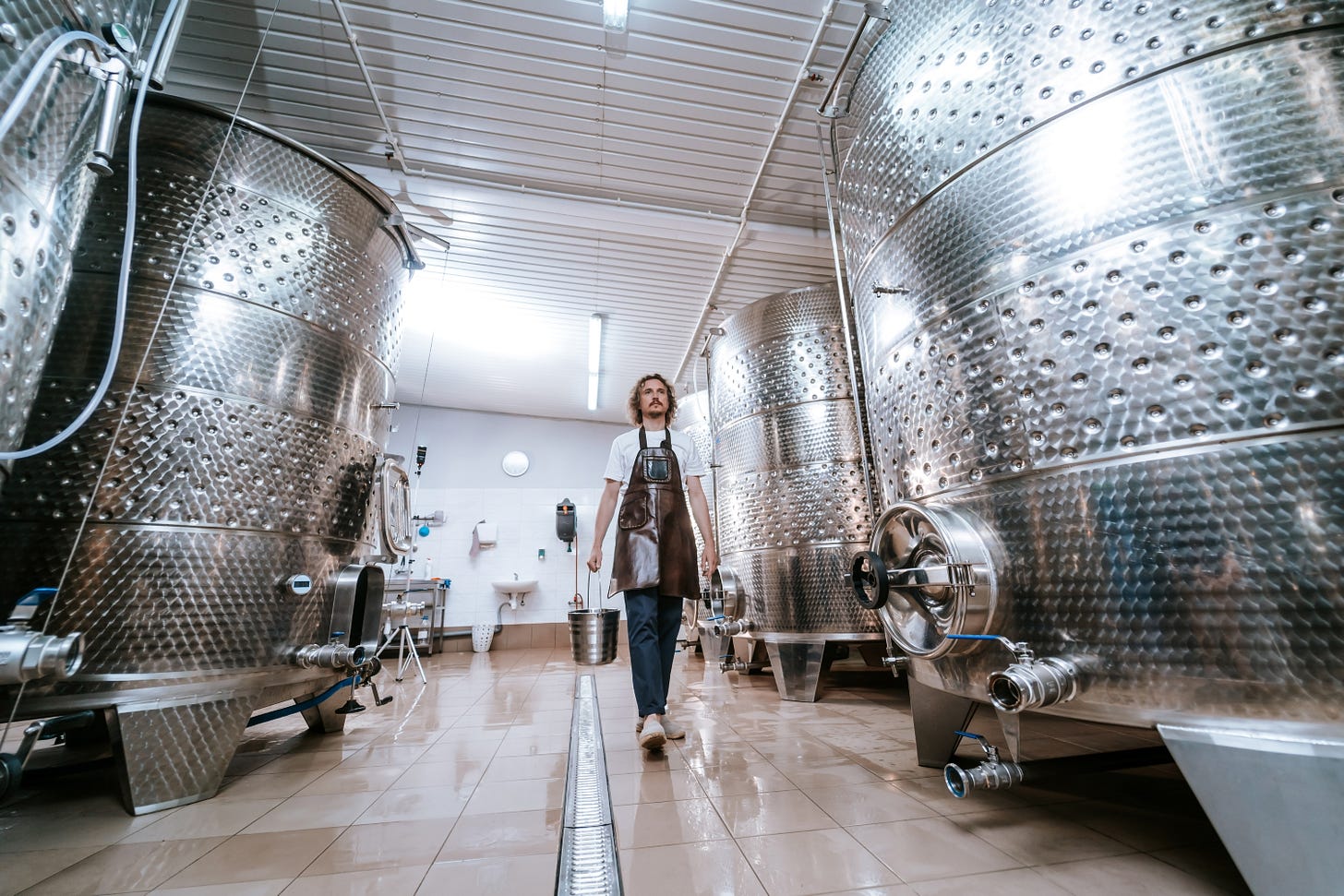Sulphites, spelled with an f (USA) or ph (UK), occur naturally in some food and drink including wine. However, extra sulphites are often added because they’re great for keeping food and drink tasting fresh as well as making sure the vibrant colour stays as it’s supposed to, thanks to their antioxidant and antibacterial qualities.
Now, with wine, you can’t avoid sulphites entirely because they naturally occur in low levels as a byproduct of fermentation. This means that even natural and low intervention wines with ‘no added sulphites’ will still contain some natural ones, albeit at very low levels.
The issue with sulphites is that while most people can ingest them with no problem, but a lot of people struggle with them - particularly asthmatics who can find that wine triggers attacks - and the labelling rules don’t actually help that much. This is because the labelling requirement worldwide for sulphites is driven by regulations rather than the actual amount present and the thresholds are so so low (we’re talking 10 ppm) that even ‘natural’ wine with no additions at all still falls into that category and therefore needs to carry the term ‘contains sulphites’. This is so frustrating because while it’s good to know that all wine has sulphites, ‘contains sulphites’ doesn't distinguish these fairly innocuous, natural wines from mass produced, highly processed wines, which may have HUGE amounts in. Cheers label people who over thought that!
How to find lower sulphite wines?
If you want the best chance of finding wines with low sulphite levels, stick to natural wines or at least organic and biodynamic wines where you know any additions will be minimal. White wines tend to have more sulphites than red wines and sweet wines have more than dry wines.
This is where spending a little more on artisanal wine rather than the mass produced stuff actually does make a difference.
Lots of people blame sulphites for the headaches and face flushing they get with wine but they are not the main culprit for this. Histamines also occur naturally during fermentation and are particularly present in bold, red wines, which is really annoying if you love that style. Even more upsetting is that unlike sulphites, they don’t even serve a useful purpose. Outrageous!
I’ll soon write more about headaches and histamines but to sum up on sulphites, to have the best chance of wheeze-free wine, go for more artisanal, natural wine. If you prefer it a little more commercial, the n organic and biodynamic wine should have lower levels added - if any at all.
It’s a minefield out there. A winefield. Stay safe, Sippers!
Enjoying these FAQ? There’s a whole load more where these came over on the HelenaSip Wine Course.


